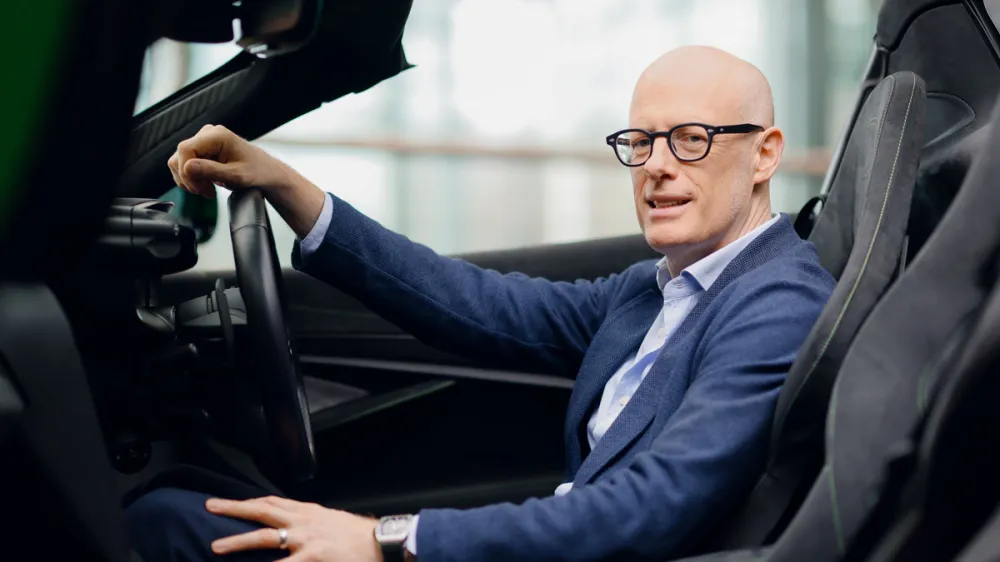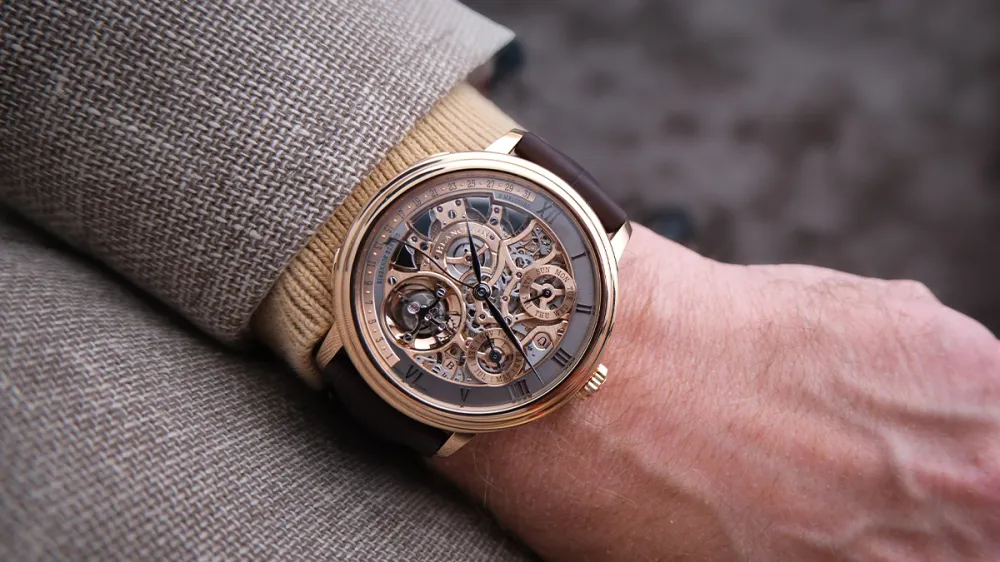Michael Leiters explains how the climate is changing around the drive toward electrification, and why McLaren’s strategy hasn’t altered.
On July 1, 2022, Michael Leiters became the chief executive officer of McLaren Automotive following his role as chief technical officer for Ferrari and, prior to that, a stint at Porsche. Nearly a year after starting his position with the British marque, Leiters, who has an engineering degree, spoke with Robb Report about the importance of authenticity, McLaren’s ethos, its current position in the high-performance market, and his vision for the automaker going forward.
We recently had the opportunity to catch up with Leiters again and check in about the changing climate around electrification, areas where he still sees room for improvement, and why he’s optimistic about the supercar segment in general, and McLaren’s own growth.
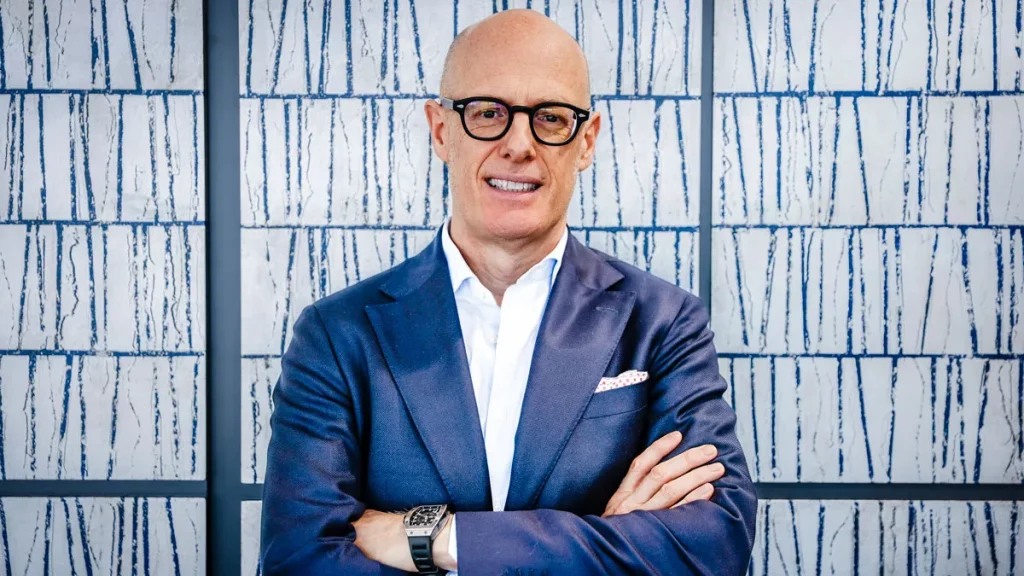
What are the primary challenges facing the automotive industry at present?
I think, in general for the industry and also in our segment, it’s how to manage the transformation for decarbonization. But the answers that companies have to give to this transformation challenge are different, and what makes me more positive than I was maybe one year ago is that the discussions we are having are more mature and there’s more technology openness than there was before. We should all commit to decarbonization, but what is the right way to do that?
Who should be making those decisions?
That is a task not for the public or politicians, it’s engineers that will give the best answers, and it depends on the use case and product. When talking about supercars and McLaren, we are low volume and low mileage, and the CO2 balance of this use case is totally different. It would take decades to regain the carbon which you put in an EV. It doesn’t make sense. So why can’t we talk about other solutions? One year ago, there wasn’t the openness to discuss this—now we have the openness.
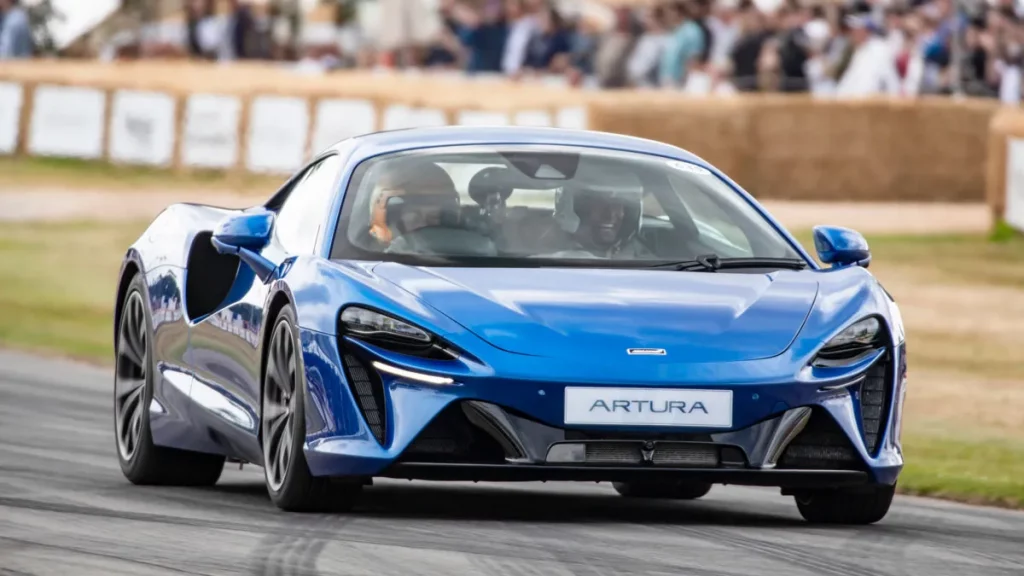
Is this new dialog causing you to reconsider McLaren’s strategy going forward?
No. Our strategy has always had three pillars: to maintain the ICE (internal-combustion engine)—because it’s very categorizing for ourselves as a brand—but through hybrids. Artura was the first step, and there will be more steps. In four years, more than 90 percent of our fleet will be hybrid cars. Then, prepare for electric vehicles, we have to have the know-how and capabilities to find an answer, but there are big question marks behind this technology, especially in our segment. You can see that already in the volume segments, for example. There was a big dip in residual values for volume cars, and this is something absolutely unacceptable in our segment.
What do you see as the cause of this dip in residual values for the volume EV market?
To innovate, you have to consider regulations, technology, and the customer. The European automotive industry is quite a driver for strategic transformation, and what happened was that it was very much pushed by regulators, but the technology is not there yet, and the infrastructure is not there. And if you have to convince the customer by subsidies, that’s not a good thing. The EV market is still increasing, but not with the velocity people thought. Meanwhile, everyone has invested billions of dollars, and now you need the payback—but it’s coming later. We have to find the right speed of transformation. I think our segment is one of the last where electrification will arrive. These [supercars] are not rational purchases, they’re emotional ones. If you don’t have the sound, and these emotions, and the lightness of the car, why pay the money?
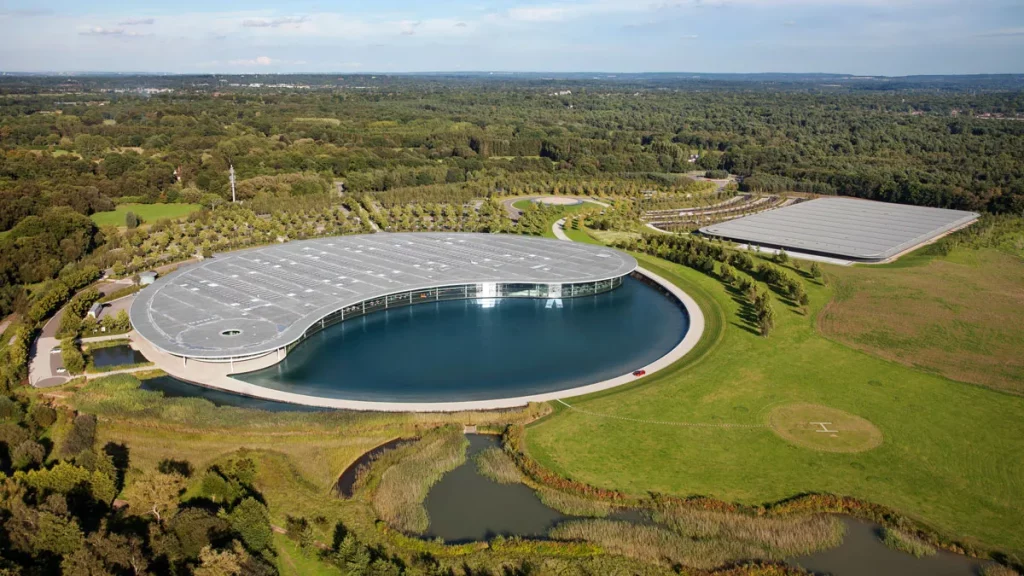
With your engineering background, what excites you most regarding alternative power-train development?
If you can have the best synergy of both the ICE and electric, that’s the fascinating thing. With a 3.0-liter V-6 engine, like we have on the Artura, with that output, normally you would have [substantial] turbo lag, but with the e-drive on board, this is not a problem anymore—you can do fantastic stuff. It’s not so much about performance, it’s more about exhilaration.
Where’s your focus when it comes to performance metrics?
We are thinking more in terms of the power-to-weight ratio. An EV with 2,000 PS [about 1,972 hp] and weighing 2.5 tons, everybody can do that. But having the best power-to-weight ratio is what enables you to have a really agile and responsive car.
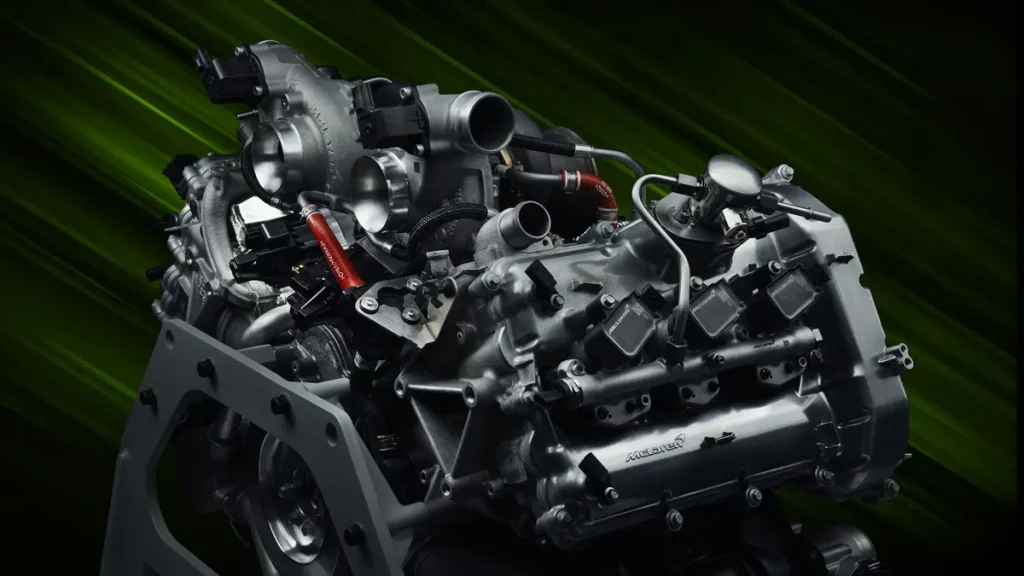
What are your thoughts on e-fuels?
Now that there’s more technology, openness, and neutrality in the discussion, I think e-fuel is a big opportunity. It can’t be a solution for everything; sometimes it’s EV, sometimes it’s hybrid, and sometimes, maybe, it’s synthetic fuels.
Now that you’ve had time at the helm of McLaren, where do you still see room for improvement?
What gives me the most excitement are the changes we have made in the organization and seeing that the team is believing in the vision and getting behind it. The culture at McLaren was very much like that of a startup, because we are a startup. We are younger than Tesla. In automotive, 13 years is very young. But the next step is to bring the organization on a new level in how we present ourselves, what we offer our customers as an experience. We have three elements at our core: performance, exhilaration, and belonging. We don’t want to be, in any way, arrogant.
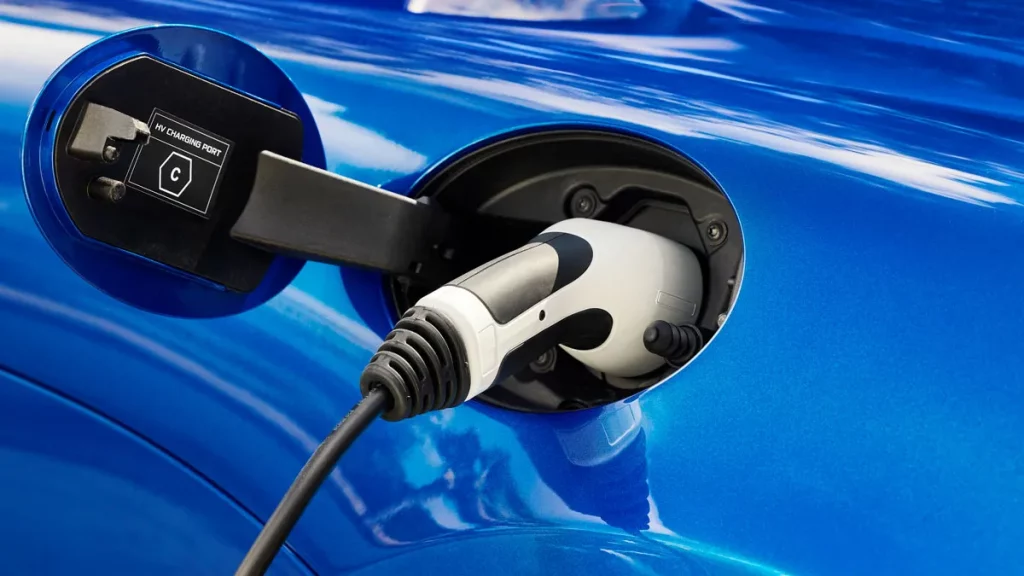
Will McLaren make a more utilitarian model?
We want to have something like a shared-performance vehicle, I think it’s a huge opportunity to build our business on a wider foundation. But it must be within the core of our brand. We can’t compromise the brand and its characteristics in any product. Going into a more lifestyle-oriented segment, it’s very important to understand what is needed, but I feel very confident that we can do that. I have experienced that at Porsche with the Cayenne and at Ferrari with the Purosangue. If you look at last year, our financial results were very challenging. We’ll get on the right road, then we start there. And we would like to go into such a segment with a partner, because there’s so much to do, but it must be true to McLaren.
How would you describe the McLaren drive experience?
With a racing-born supercar like we have, there may be some people who say, “Oh, maybe this is too extreme for me.” I want to get the message to prospects that it’s not. You can go frighteningly fast with a McLaren, but, on the other hand, it’s so easy to drive. The 750S is a speed machine, but you can drive it every day. This is something we want to underline.
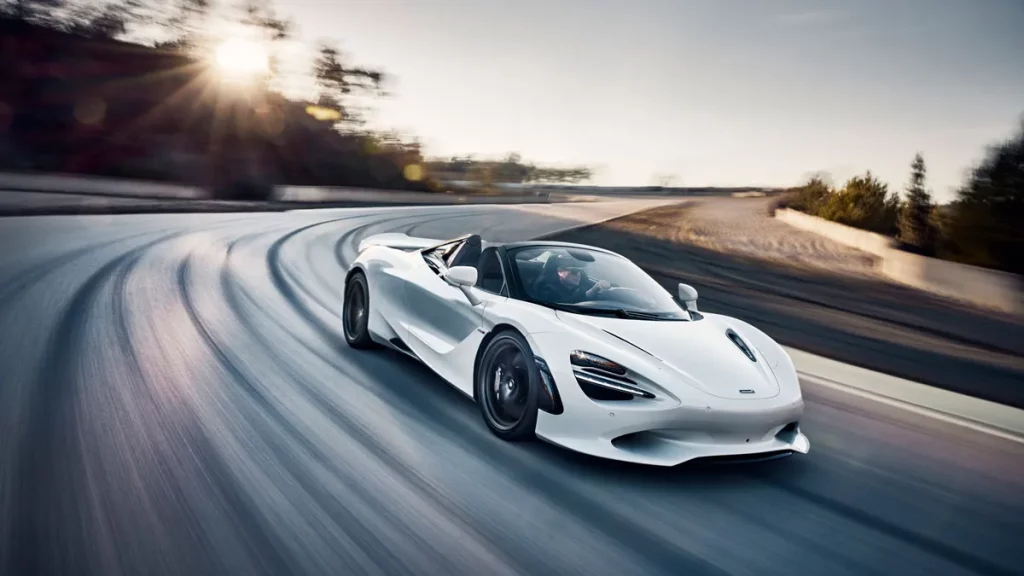
Do you factor in collectability when developing models?
Yes, and we want to emphasize and amplify that in the future, because I think we can do much more for our customers here. It’s very important that people can see how much McLaren is believing in the collectability of its cars, and we want to support our customers to collect our art pieces.

